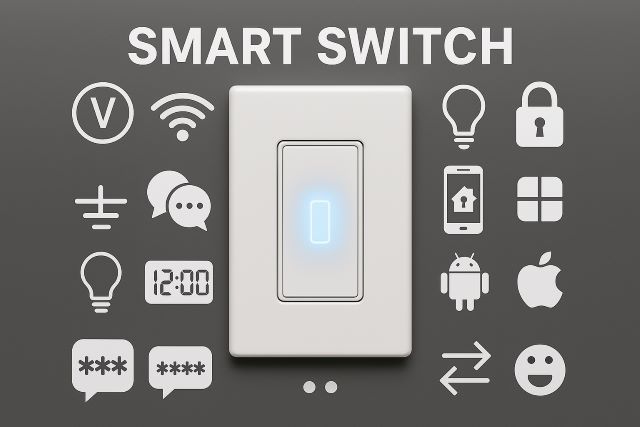
💡 Smarten your space AND your mind! Try
Audible,
Kindle Unlimited, or
Prime Video while controlling everything hands-free.
Claim your free trials here and enjoy immersive content experiences at home.
Understanding Energy Consumption in Smart Switches
Smart switches do consume a small amount of electricity, even when they're not actively being used. This is because they remain in standby mode, waiting for commands via Wi-Fi or other communication protocols. However, the energy usage is minimal—usually less than 1 watt per hour. In comparison to other household devices, the extra consumption is negligible.
How Much Electricity Do They Use?
Most smart switches use around 0.3 to 0.5 watts continuously. That translates to about 4 kWh per year per switch, which costs less than a dollar annually in most regions. The added consumption is tiny compared to the convenience and automation they offer. According to Wikipedia’s article on standby power, many smart devices operate in low-energy idle states without significant impact on total household electricity bills.
Do They Help Save Energy?
Despite their slight energy usage, smart switches can lead to lower electricity bills over time by allowing users to automate lighting, avoid leaving lights on unnecessarily, and schedule off-times. In larger homes, this automation can yield noticeable energy savings.
Smart Switches vs. Smart Bulbs
Smart bulbs may use slightly more energy than smart switches, as they incorporate both lighting and connectivity features. If minimizing energy consumption is your top priority, choosing the right combination of switches and bulbs is key.
Final Thoughts
While smart switches do use more electricity than traditional switches, the difference is extremely small. If your goal is a smarter and more efficient home, the benefits far outweigh the energy cost.